- Wondering how to get Monopoly GO! free rolls? Well, you’ve come to the right place. In this guide, we provide you with a bunch of tips and tricks to get some free rolls for the hit new mobile game. We’ll …
Best Roblox Horror Games to Play Right Now – Updated Weekly
By Adele Wilson
Our Best Roblox Horror Games guide features the scariest and most creative experiences to play right now on the platform!The BEST Roblox Games of The Week – Games You Need To Play!
By Sho Roberts
Our feature shares our pick for the Best Roblox Games of the week! With our feature, we guarantee you'll find something new to play!Type Soul Clan Rarity Guide – All Legendary And Common Clans Listed!
By Nathan Ball
Wondering what your odds of rolling a particular Clan are? Wonder no more, with my handy Type Soul Clan Rarity guide.
Inklings Review: Ceci N’est Pas Une Lemming
Inklings is the most Lemmings-like game we’ve played since Sticklings, Flockers, Mousecraft, Spirits…okay, so there’s no shortage of group-guided survival puzzles on the App Store. But Inklings feels tailor-made for your tablet, featuring single screen stages that manage serious complexity …
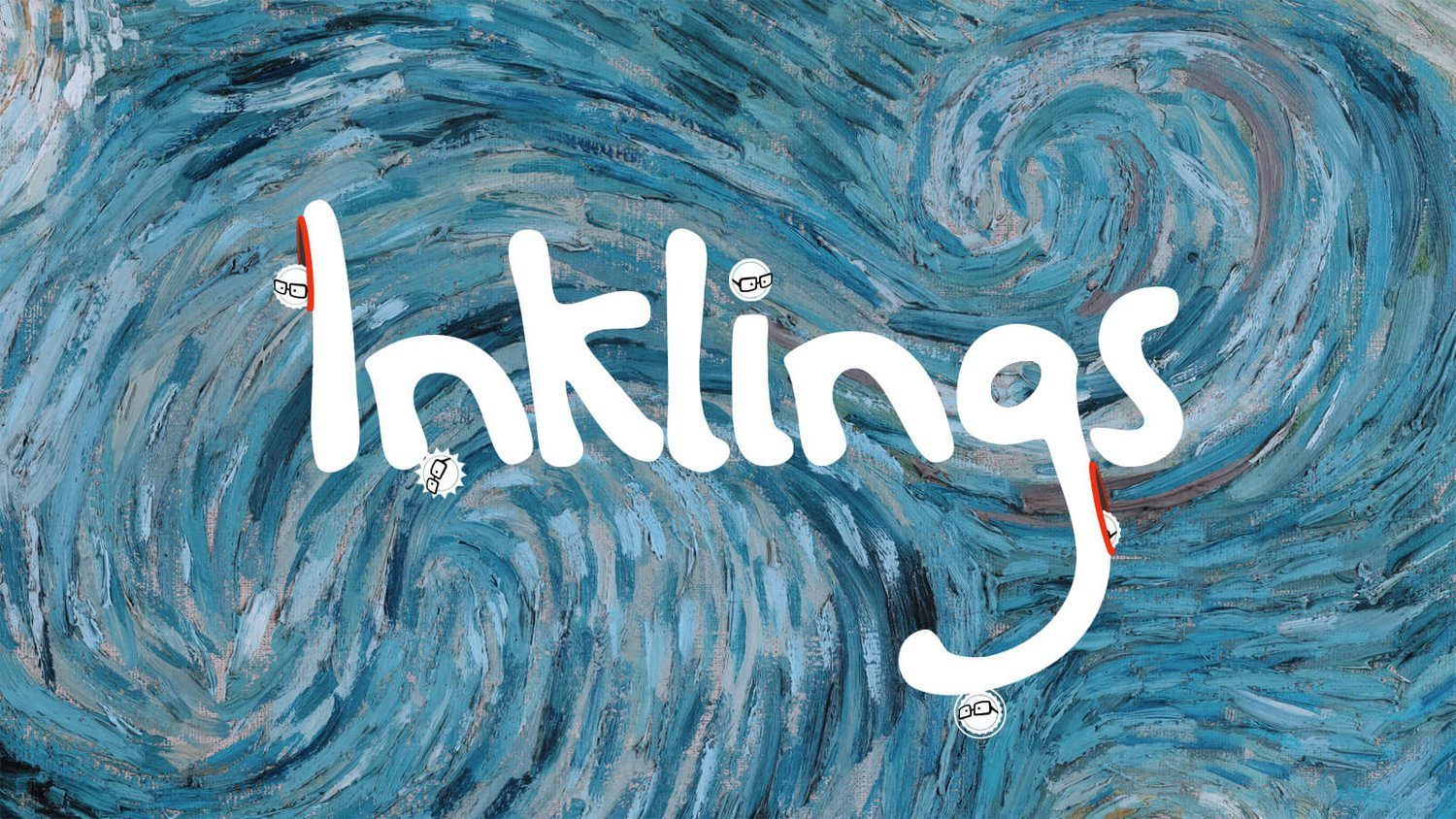
Inklings is the most Lemmings-like game we’ve played since Sticklings, Flockers, Mousecraft, Spirits…okay, so there’s no shortage of group-guided survival puzzles on the App Store. But Inklings feels tailor-made for your tablet, featuring single screen stages that manage serious complexity while maintaining immediate visibility. Unlike Lemmings, there’s no scrolling back and forth between a long, meandering line of wanderers. Your inklings will live, die, and eventually escape from self-contained artworks that make up the beautifully varied backgrounds of the game’s 38 stages. Unfortunately, due to its difficulty and unpredictable physics, dying will be the inklings’ main form of artistic expression.
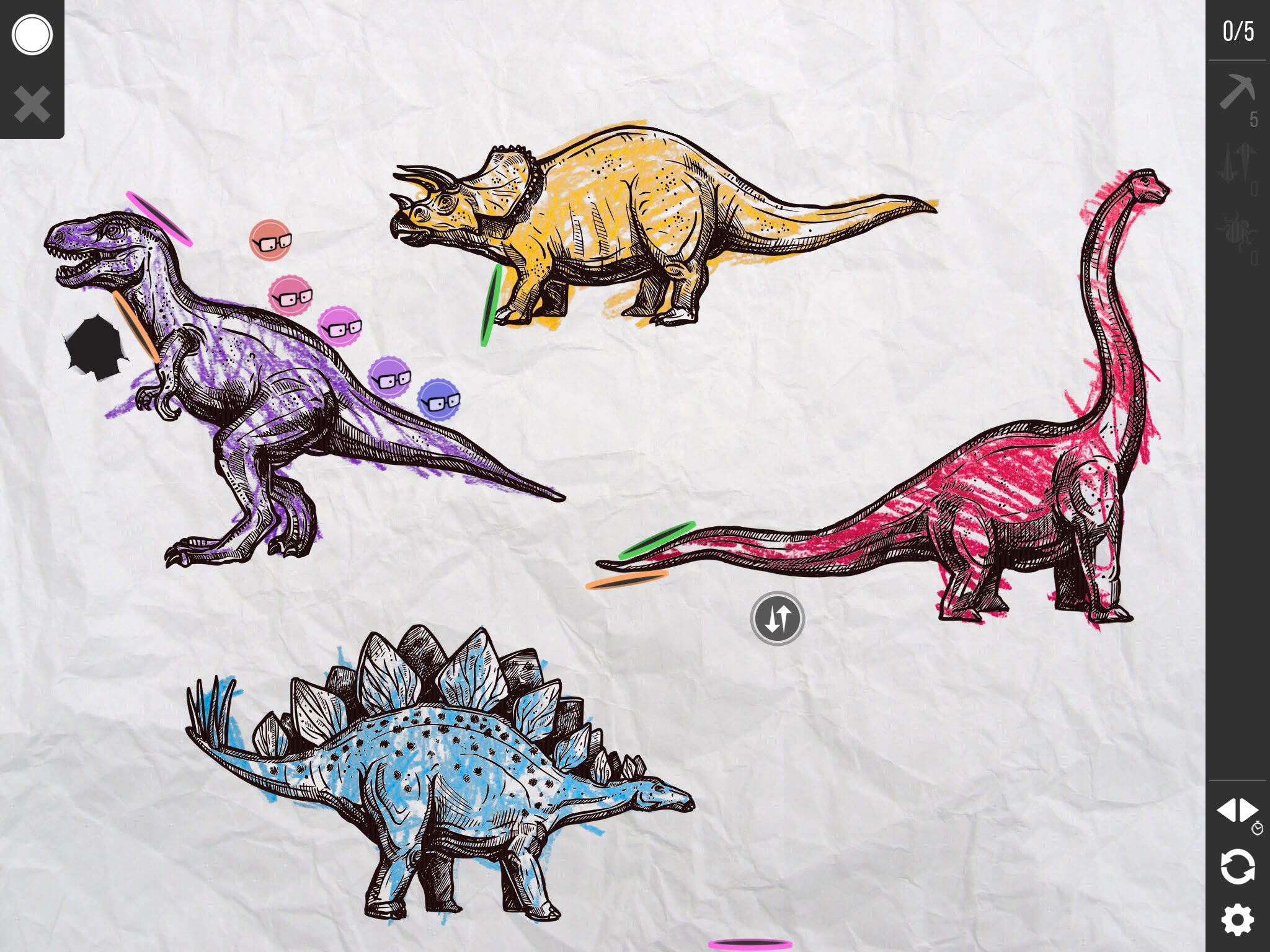
Each level in Inklings is built from a themed work of art, ranging from kids’ crayon scribbles of dinosaurs to Van Gogh’s “Old Church Tower at Nuenen.” The artwork makes up the platforms and obstacles of the stage upon which our tiny inkling blobs will run. On the dinosaur page, for instance, the inklings roll down the t-rex’s tail and bounce across the stegosaurus’s plates. On the Van Gogh, the church itself is a mammoth mountain blocking passage between two groups of inklings that must find a way to meet.
The player’s goal on each stage is to get the specified number of inklings to escape via the black hole torn in the artwork. Although the inklings automatically wander in a straight line and turn upon hitting a wall, you’ll need to provide a lot more guidance to get them to their destination. A variety of tools can be assigned to specific inklings, allowing them to dig through the stage, flip their gravitational direction, cling to walls like a bug, shoot portals, and more. There are also sticker appliers that can be placed anywhere on a stage to impart the same abilities to any inkling that touches them: so every inkling that passes through a bug applier will gain the ability to cling to walls.
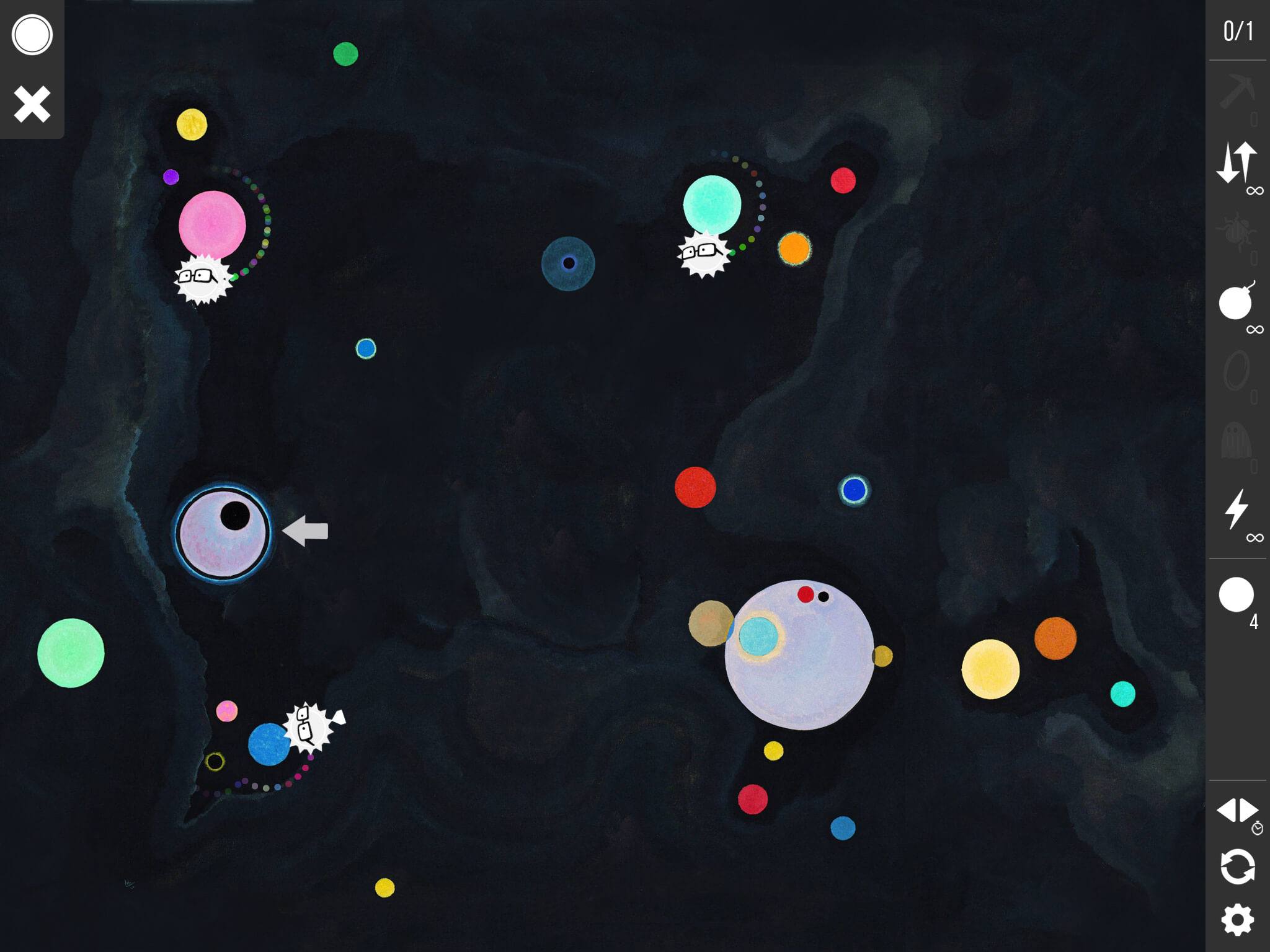
Some stages also allow you to add missing pieces to the artwork itself to create platforms: on the kids’ art “Shapes” stage you can add a variety of construction paper pieces anywhere you’d like to block dangers or provide new paths to your inklings. On Kandinsky’s “Several Circles” you can add your own batch of colorful dots that may end up helping or hindering in the long run. These editable levels are few and far between, but they are some of our favorites thanks to the freedom and tangible interactivity they provide.
Otherwise, you’re mostly left with a limited number of items and inklings with which to achieve your goal. Often you’ll be given more inklings than you need to win, allowing you to sacrifice some as catapulting bombers or path-clearing miners. Sometimes you’ll be required to save them all, but some inklings are asleep on the other side of the screen and must be awoken by one of their friends. There’s a great amount of variety in the requirements and approaches you must take, and the “challenge” goal available for every level—ranging from completing a stage in a certain amount of time to not touching a platform that seems critical—adds even more replay value for Inklings experts.
All of this setup is extremely enticing and paints a picture of a puzzler with great potential. The problem, however, comes from the actual gameplay execution. To begin with, Inklings’ items are inconsistent and unpredictable in their usage. In the very first tutorial level, you’ll use the pickaxe item to drill through a platform and land on the level just below it. In every other level, however, the pickaxe item often drills through the entire stage, sending any inkling who doesn’t land in the goal hole on their journey down off the level and to their death.
The ghost item and its effects are even more irregular: sometimes a ghost inkling will travel through half the stage while transparent, and other times it will travel through a single line before getting stuck. On one stage we had to ghost into an elephant’s thigh specifically: anywhere else and our inkling would simply float through the floor to its death. It seems like some artworks’ “lines” are more traversable than others, but the difference is never made clear, leaving you with a lot of trial and error attempts at ghosting through sections.
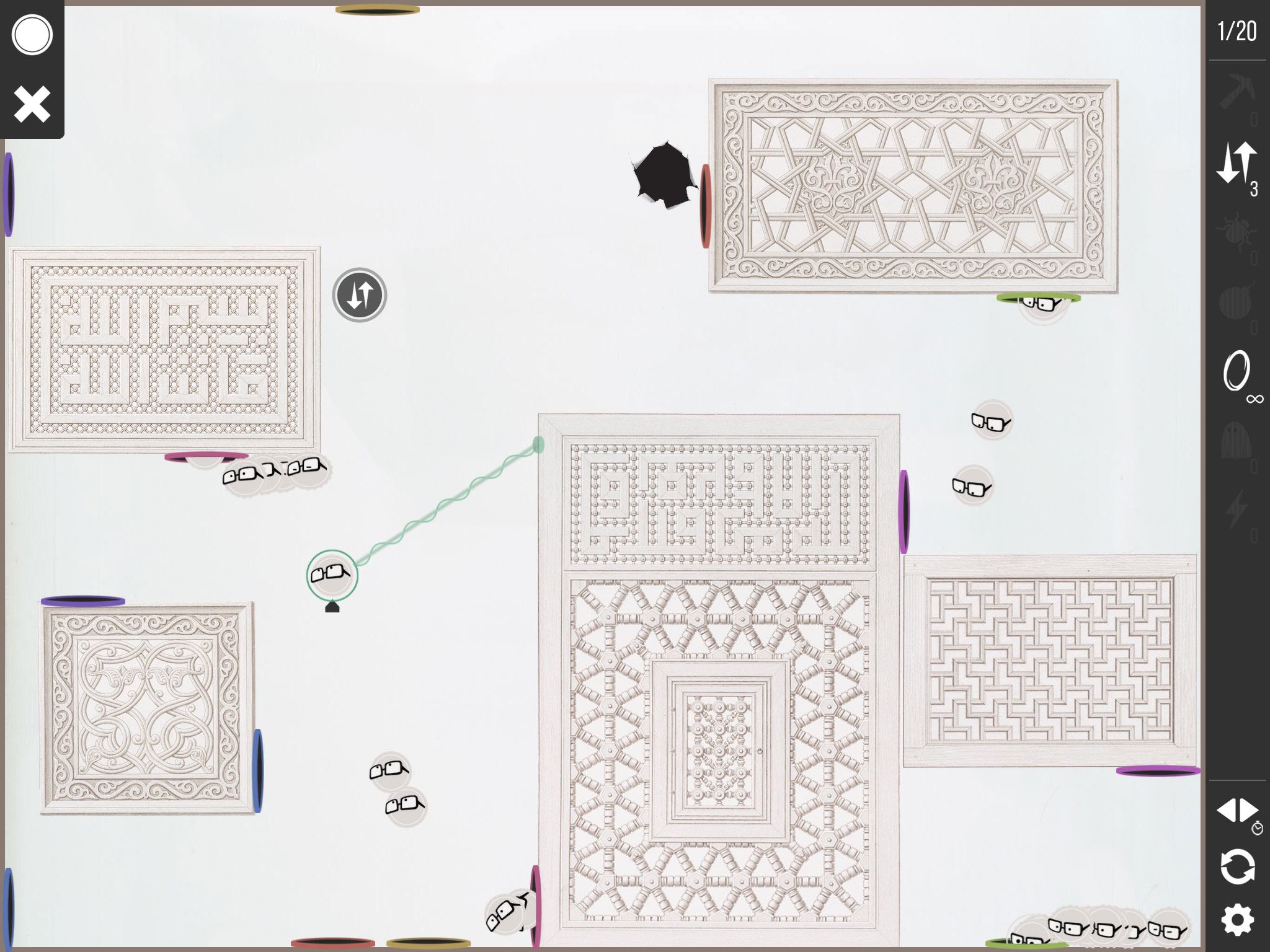
Inklings’ portals are a fun feature to play around with, but an effort in frustration when their placement must be near-perfect. One watercolor stage requires portal momentum-building in order to fly into a wall: after nearly twenty tries at placing the two sets of portals “just right” our inklings finally exited at the right speed. However, the variation in their momentum was astounding considering our portals looked to be in the same location and direction on multiple attempts.
These inconsistencies mean you’ll be replaying levels a lot even after you’ve figured out how to solve them. The already-challenging variability is made even more difficult by the fact that your inklings never stop moving. If you need to shoot a portal at a specific angle or use your pickaxe upon one very pointed spot, you’ll have to do so in the split-second as the inkling crosses it. You can slow the game’s speed down considerably which is often helpful, but it will never pause completely. This makes the platforming-style stages—jumping inklings between moving fish or catching them before they dive off a cliff—even harder as you have very little time to make critical movements.
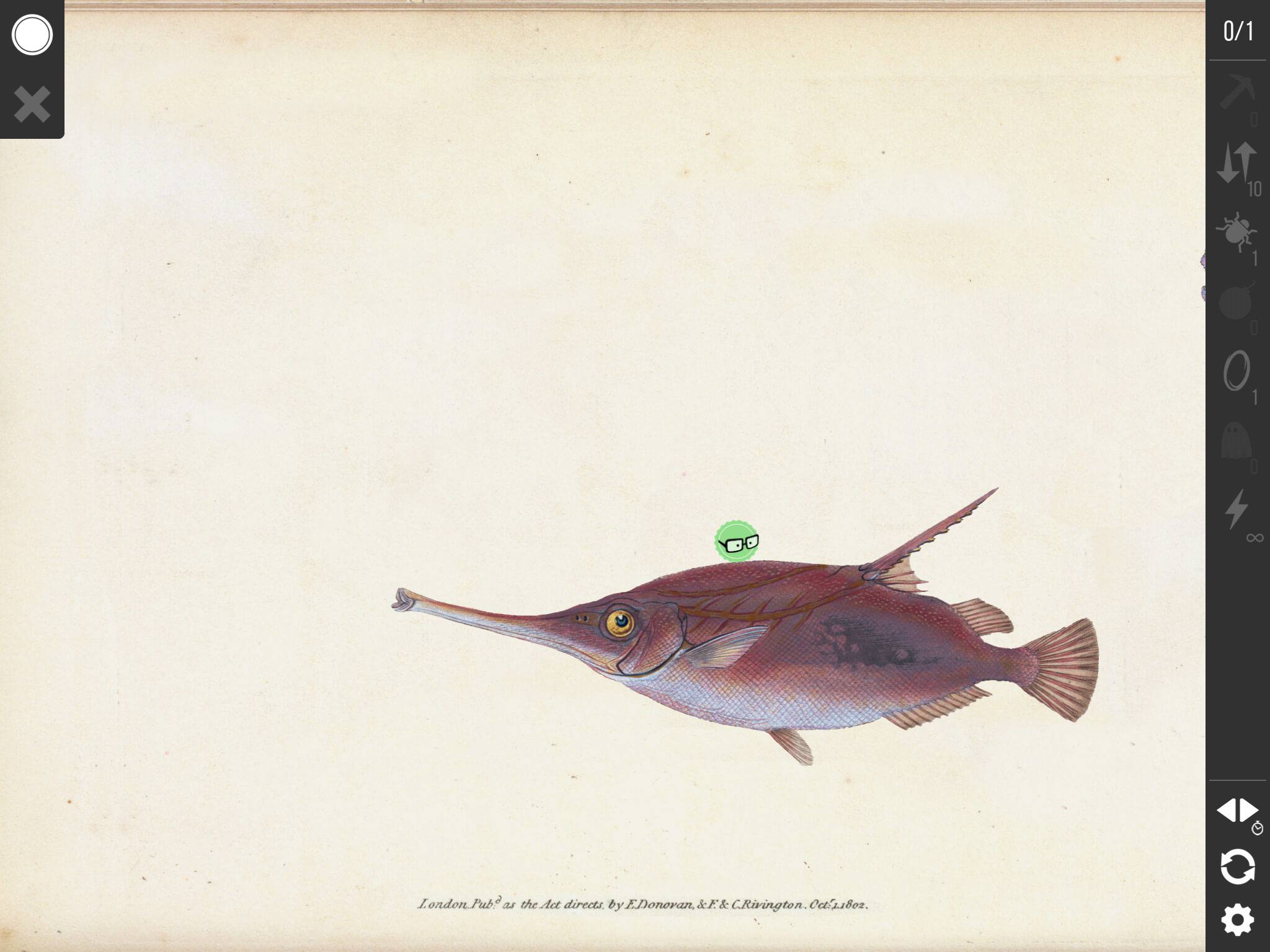
A simple fix to some of these complaints would be to include a rewind button, which Inklings currently lacks. Right now if you place an object in the wrong spot or use an item at the wrong time, you have to restart the entire level. This can sacrifice a lot of work, especially on stages where you’ve already set up an elaborate system of cannons or portals. Being able to rewind a few seconds up to the beginning of a level would allow more freedom of trial and error and fewer frustrating restarts.
Developer Applepine seems to realize Inklings is not a walk in Seurat’s park, as they’ve grouped levels by theme and opened up each theme upon completion of a certain number of the previous batch. This means if you’re stuck on a stage you can jump to any other level in the same group, and you don’t need to complete every stage to unlock the rest. This wouldn’t feel quite as important if the game was more forgiving, but it’s a welcome inclusion nonetheless.
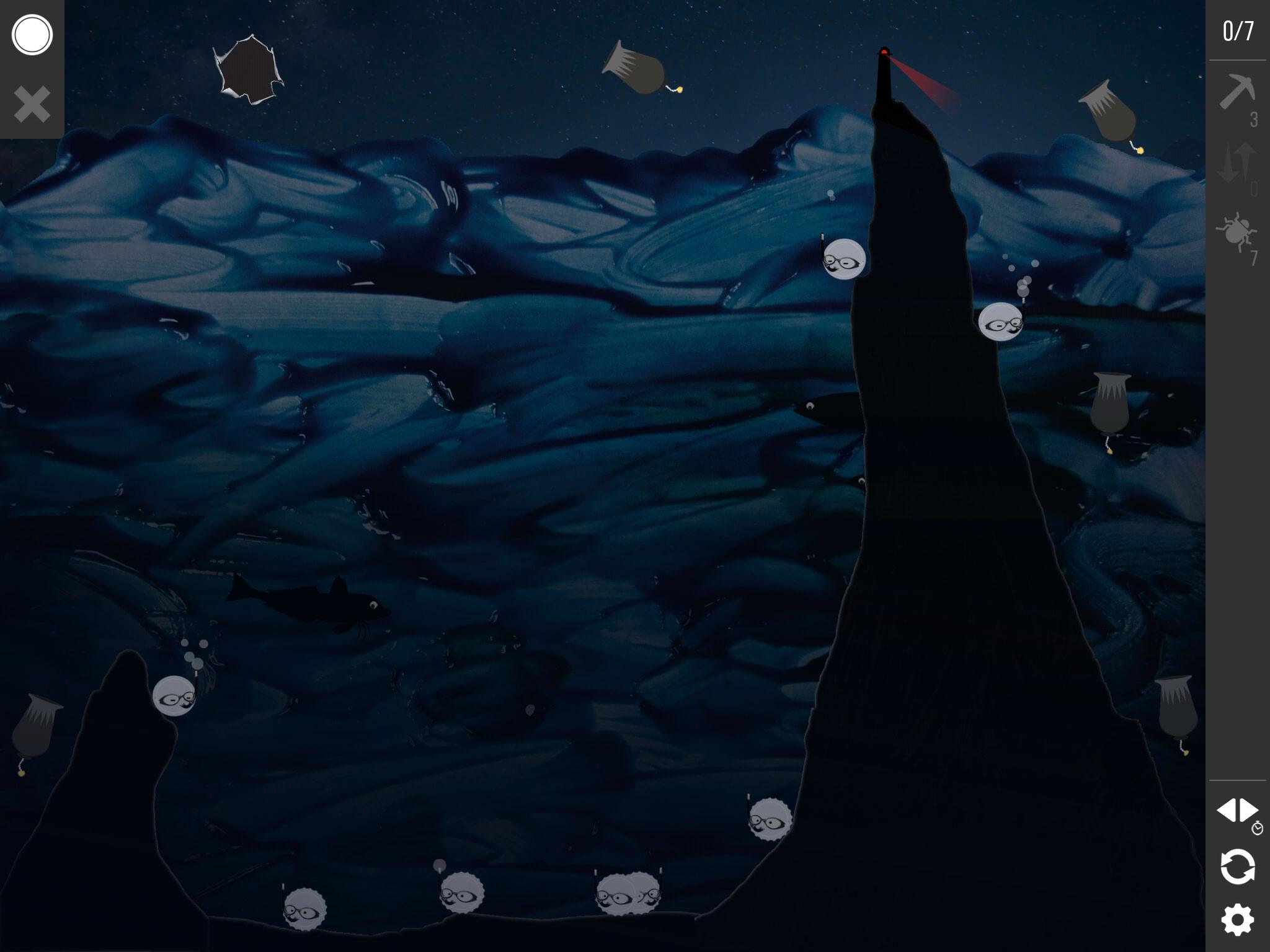
Our other main complaint is simply that Inklings doesn’t always use its theme as creatively as it could. Some levels are ingenious combinations of the artwork and the eponymous blobs of paint: on “Mondrian,” for instance, you’ll have to actually paint the canvas by positioning inklings in each segmented square. The previously mentioned Kandinsky utilizes its circles like planets with gravitational fields, and the inklings like orbiting bodies with individual colorful tails. The levels where you place your own art objects feel like collaborative works in progress.
Outside of these notable successes, however, most of the artworks end up as flat backgrounds for the inklings to glide across. Besides exploding in drops of immediately washed-away color or donning adorable beaks when sitting in painted trees, the inklings rarely feel like an integral part of the picture. Part of this is due to the fact that many levels’ boundaries are unclear, as mentioned when attempting to ghost between lines. So an elephant’s legs just become a frustrating wall as opposed to an impressionable sketch. The inklings’ actions end up more circumvention than navigation, yet there are shining examples of the latter—like digging an escape tunnel under a searchlight—that are executed brilliantly and make us wish for more in that vein.
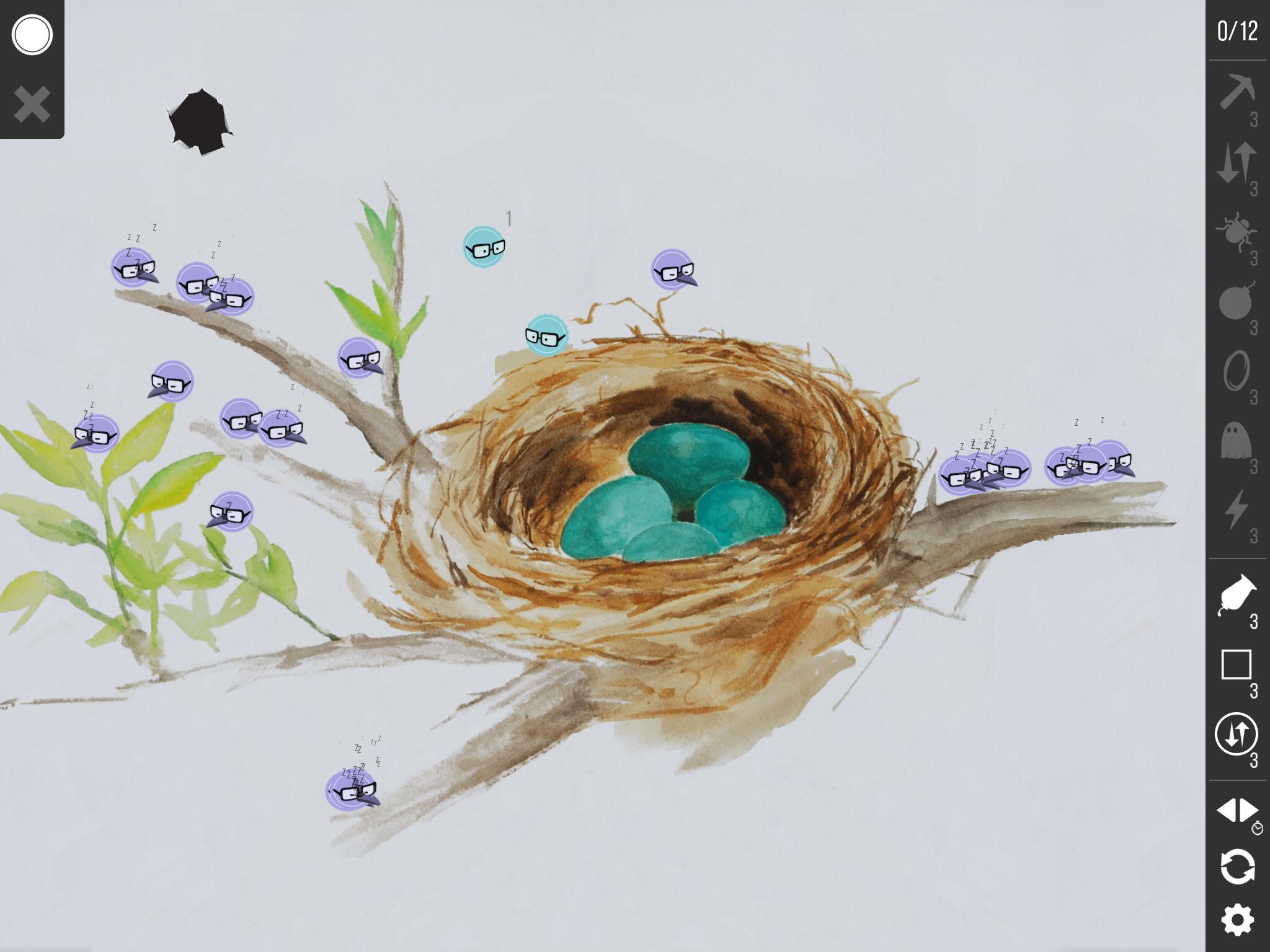
Altogether, Inklings is a mixed bag. The truly clever levels that marry theme and gameplay highlight the best of what the game has to offer. The other stages that are merely picture-as-platform are interesting to look at but feel like missed opportunities. All stages, no matter their ingenuity, suffer from the inconsistent results of item usage and lack of a rewind button. This is a worthy pick-up for Lemmings lovers with the patience to keep their finger on the reset button, players who don’t mind a little spilled ink.

The good
- A great variety of items to play with and beautiful artistic layouts to traverse.
- Some brilliant combinations of art and function that allow clever player interactions.
- Wonderful replay value thanks to multiple ways to solve most levels and extremely difficult "challenge" objectives for every stage.

The bad
- Items' results are unpredictable and can easily ruin a level mid-run.
- Some stages are much less clever and interactive than others.
- No option to rewind means even the smallest mistake will force a complete restart.
More articles...
Monopoly GO! Free Rolls – Links For Free Dice
By Glen Fox
Wondering how to get Monopoly GO! free rolls? Well, you’ve come to the right place. In this guide, we provide you with a bunch of tips and tricks to get some free rolls for the hit new mobile game. We’ll …Best Roblox Horror Games to Play Right Now – Updated Weekly
By Adele Wilson
Our Best Roblox Horror Games guide features the scariest and most creative experiences to play right now on the platform!The BEST Roblox Games of The Week – Games You Need To Play!
By Sho Roberts
Our feature shares our pick for the Best Roblox Games of the week! With our feature, we guarantee you'll find something new to play!Type Soul Clan Rarity Guide – All Legendary And Common Clans Listed!
By Nathan Ball
Wondering what your odds of rolling a particular Clan are? Wonder no more, with my handy Type Soul Clan Rarity guide.







